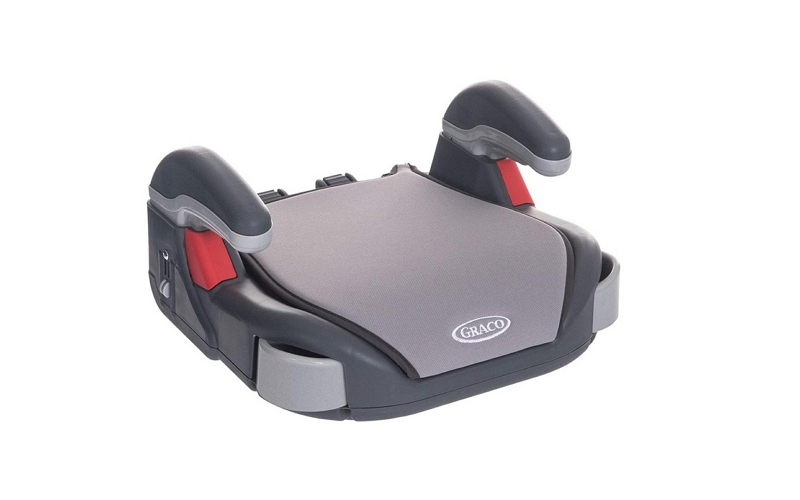What age for booster seat in NYC? The law says that children should ride in a belt-positioning booster or harnessed car seat until they are at least four feet nine inches tall.
After this time, the child can use just an adult safety belt to sit properly with both legs bent over the edge of the vehicle’s seat cushion so his back is supported by the car’s headrest. This means your child doesn’t have to worry about being too little for belts anymore!

One important thing to keep in mind is what you do if your child moves from one type of restraint system (child restraints) into another kind (adult safety belt). You don’t want him outgrowing one set before he needs it because he is ready for the other.
What is in a booster seat pack?
Booster seats are made to provide children with the extra support they need while riding in a car. They help prevent injury during collisions and reduce your child’s risk of serious injuries by up to 85%.
There is no universal booster seat, so you must purchase one based on your child’s size and weight.
You can find out more about choosing the right type for your family here: Choosing The Right Booster Seat For Your Child.
When buying a new booster, check that all necessary parts are included; these often include an adjustable headrest, lap belt clip or strap, shoulder-belt guide loop, chest clips, armrests if required, buckle covers if required. However, make sure that you double-check the booster’s manual to see if they are required for use.
Booster seats come in a wide variety of styles and colours, making them appealing for both children and parents alike. If your child is very young or has special needs like autism, it may be best to choose one with more padding or additional support while riding in a car.
Make sure that the seat provides adequate protection while still being comfortable; some boosters have extra cushioning behind their backs, armrests, deep headrests.
Some models even include built-in cup holders, storage pockets on parent tray consoles, LATCH connectors (if the vehicle is so equipped) or adjustable straps that allow easy transfer from home base to other vehicles without reassembly.
These seats are also great for helping your child transition from a booster to the backseat. Some high-backed models can be used as travel boosters until age eight or nine, and still, provide support even if they’re not being used in a vehicle. Others have adjustable headrests, which allow them to grow with your child.
You should keep a few things in mind when transitioning older children out of their car seat: Make sure there is enough leg room between the front and rear passengers; you want at least an inch if possible. If this isn’t possible make sure that any booster is lightweight so it’s easy to transfer between vehicles
Make sure all belts fit properly by checking belt paths on each side of the lap area; you should make sure that there’s no excess slack in the belt, and it should not cross over your child’s neck, face or torso.
Can my 4-year-old use a backless booster seat?
The AAP recommends that children use a belt-positioning booster (booster seat) until they are at least 57 inches tall. This typically means keeping your child in the car’s safety belts, not transitioning to an adult lap and shoulder belt system before he or she is too big for them properly.
A backless booster provides proper positioning of the vehicle’s lap and shoulder belts on young children who have outgrown forward-facing restraints but are still too small for adult safety belts alone.
These types of boosters are appropriate only for older toddlers whose weight exceeds 20 pounds and height is taller than 40 inches. When choosing one, keep these guidelines in mind: Your toddler should be able to sit bent comfortably over the edge of the car seat and rest his or her feet flat on the floor of the vehicle.
The backless booster should not be used with a shield, especially since it doesn’t work very well for smaller children who need that added head support. The shoulder belt should fit across your child’s chest and shoulder without being too tight against his neck; otherwise, he is likely to move it over his stomach (the incorrect position at this age).
If you can pinch any webbing in between your fingers, then it is too loose around him. Finally, make sure there are no gaps between the hard shell of the car seat and your child’s bottom while seated — which means their thighs shouldn’t slide off either side of the edges into bulging folds.
Keep in mind that this is a general recommendation and there are exceptions to every rule. If you have concerns, consult with your child’s primary care provider or seek advice from an experienced car seat technician who can help you determine the best way for your kids to travel safely while still enjoying the view of the world outside their window.
